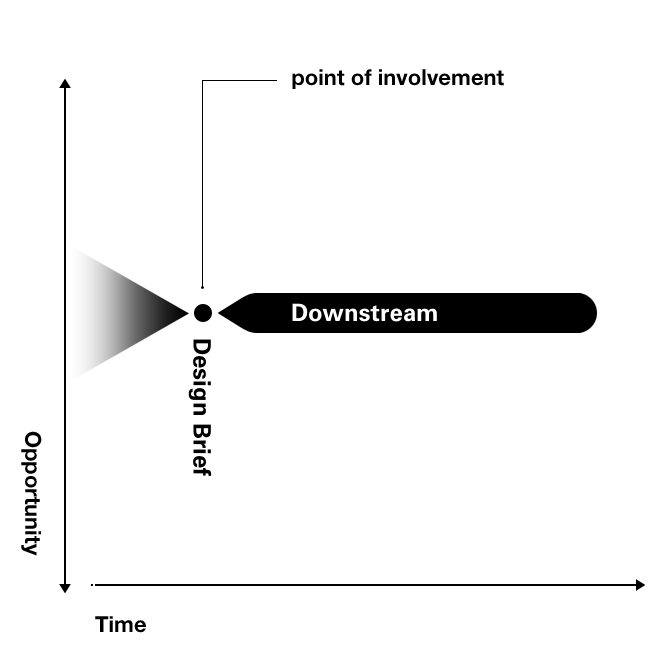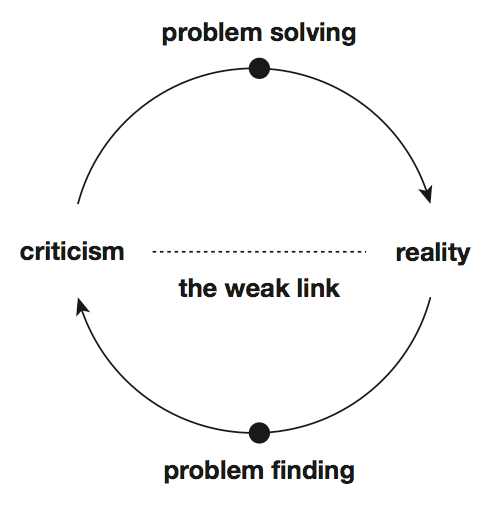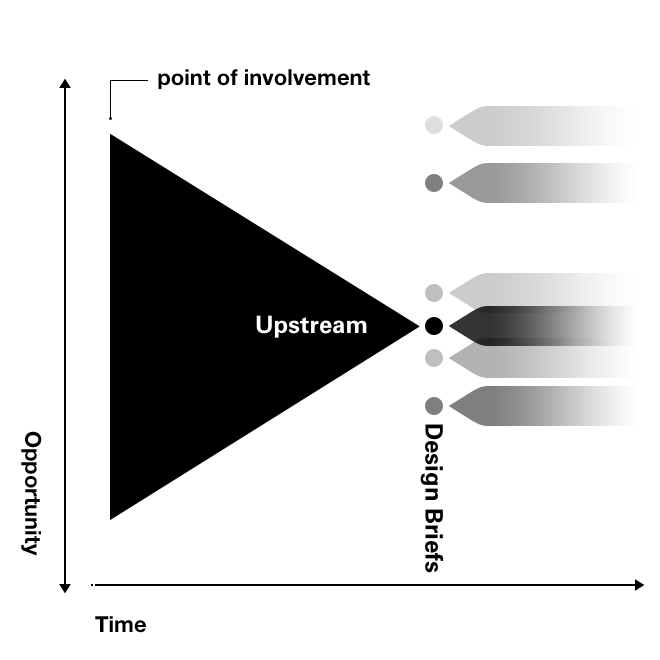This post was made possible by Critical Studio at Aalto University and World Design Capital Helsinki 2012. I would like to thank Professor Koskinen, and Anni and Jenna of OK-Do for helping me write this post.
Design has long been considered a problem solving discipline since the Industrial Revolution. Mass production: we’ve become able to produce goods that existed for long–like textile and plates–in ever-larger quantity with new means of production. The industry faced a problem and required people who can give new shapes to products that are desirable to their customers, technologically feasible, and economically viable to the business1. By the beginning of 20th century design faced a new sets of problems: how to give shapes to products that never existed before. Toaster, radio, TV, and washing machine were newly introduced and to be designed interesting, desirable, affordable, easy, and safe. From 1940’s more advanced corporations began to compete with brand propositions, where design has faced a new set of challenges. Over time, design has evolved embracing anything required–usability, material science, cognitive science, ergonomics, ethnography–to solve the problems before us.
Interestingly enough, Critical Design, one of the newly emerging approaches in design, positions itself at the opposite side of conventional design that, according to Dunne & Raby, is affirmative to the status quo. They claim to “use design as a medium to stimulate discussion and debate amongst designers, industry and the public about the social, cultural and ethical implications of existing and emerging technologies”2. They further elaborate what they do through a/b (2009) that critical design is problem finding, functional fiction, provocation, rhetoric, and makes us think, as opposed to problem solving, fictional function, innovation, ergonomics, and makes us buy. They drew a clear line between critical design and the other.
The argument of Dunne and Raby is sensible as design has been traditionally affirmative to the given challenges. We designers conventionally–and conveniently–start working by receiving a brief one way or the other. But, what if the problems were not framed properly in the first place? What if the problem was targeting the symptom of a problem not the source of it? We try to wiggle out and create impact by expanding the scope, but the point of commission has become already downstream of the project, and there is only so much we can change upstream. Consequently we may end up–and often we do–putting awful lots of effort to deliver right answer to the wrong questions.

I would argue that Critical Design and conventional one shall not be the two unconnected, but parts of a continuum as the attempt of Critical Design is not to only discuss what has not been being discussed but eventually to alter the reality for the better by helping people see the unseen. One of the ways to go upstream, certainly, is critical approach discovering and communicating the undiscussed as criticism by definition naturally implies that there is a fault or a mistake in a rationale of a solution, of a system, or of a society. But, how does criticism contribute improving the reality if the newly found problems are separate from problem solving? Obviously there is a weak link between criticism and reality if there is no connective tissue. By comprehending both problem finding and problem solving as integrated work we may witness the expanding responsibility of designers in designing pathway to a preferred future.


Within that, we also need to design briefs–design brief, architectural brief, project brief, et cetera–upstream in order to alter the reality. If we consider a design solution to be a result of consecutive decision making, we can say that important design decisions are already made in creating the brief. Accordingly, we ought to participate in–or even unsolicitedly initiate–creating the brief in order to create lasting impact to the preferred future.
–
1. Brown, T. (2009) Change by Design, How Design Thinking Transforms Organizations and Inspires Innovation, New York: Harper Business.
2. Dunne & Raby. About Us-Biography. [online] Available at:[www.dunneandraby.co.uk/content/biography][Accessed 11 December 2011]
Leave a Reply